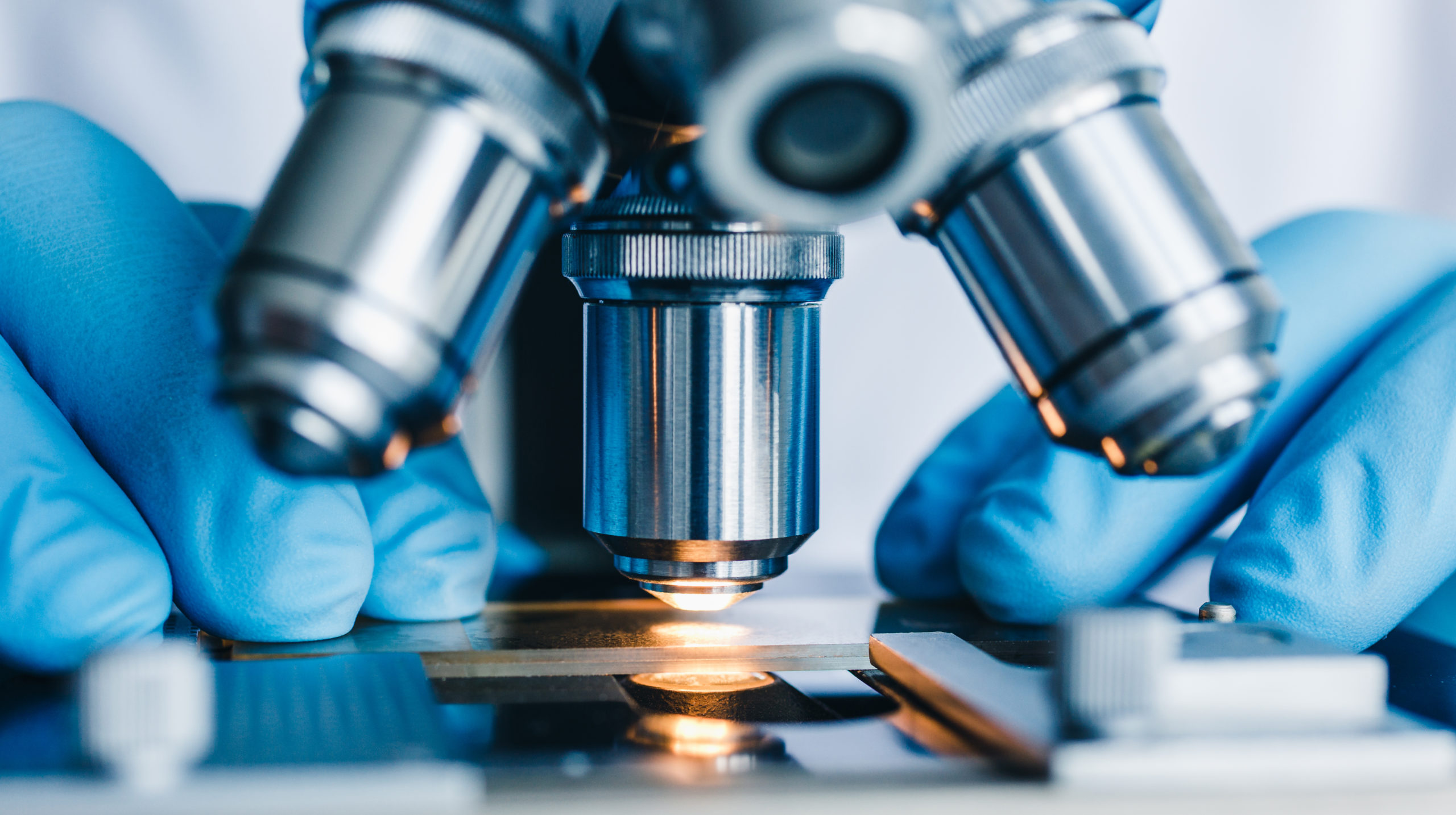This entry was posted on June 10, 2020 by UNITRON.
Sometimes referred to as "criminalistics," forensic science is the application of science in criminal and civil investigations. Of course, forensic science demands precision, and the microscope is an essential piece of equipment for researchers in all of its different fields. Here are some specific ways that forensic science microscopes help medical experts, law enforcement agencies, and researchers conduct their vital work:
Criminal Science
General criminal science is what most people think of first regarding forensic science. In many criminal cases, trace evidence ends up being very influential to the outcome of the investigation. Tiny pieces of evidence like hair, clothing fibers, and bullet striations can inform law enforcement decisions and help make sure criminals get held accountable and innocent people do not. Criminal investigations often have a lot at stake, and evidentiary items must be studied in great detail for truth and accuracy. This is where forensic microscopes come in.
Modern forensic microscopes offer ultra-high magnification levels for looking at small particulates or tool markings. Specialized features in a comparison forensic microscope may include dual stages and dual optical paths, allowing investigators to simultaneously observe and compare two small items side by side. The use of microscopy in criminal science can help ensure the efficacy and accuracy of our justice system.
Forensic Epidemiology
Generally, epidemiology is the study of diseases and how they spread. As such, forensic epidemiology is a discipline that factors law enforcement and public health into account. In the cases of dangerous bacterial outbreaks like Salmonella or E. coli, tracing the outbreak to its source may determine who, if anyone, gets held accountable. By looking at specific bacterial strains under a forensic microscope, scientists can more accurately identify the source of the outbreak, test potential treatments, or look at samples of food for contamination and prevent more people from being infected.
Forensic Pathology
Sometimes, a person's cause of death is unclear. Forensic pathology is, in short, the science of determining how someone has died. In some cases, foul play may be suspected, but cannot be confirmed or ruled out based on easily visible evidence. By using microscopes, forensic pathologists can check for traces of viruses or bacteria in a person's bloodstream or better examine wounds to identify what caused them. This work can help ensure that every death case is handled by law enforcement with the utmost thoroughness.
Contact UNITRON today to learn more about our microscopes’ diverse range of applications.
This entry was posted in Blog on June 10, 2020 by UNITRON.
← Previous Post
Next Post →



